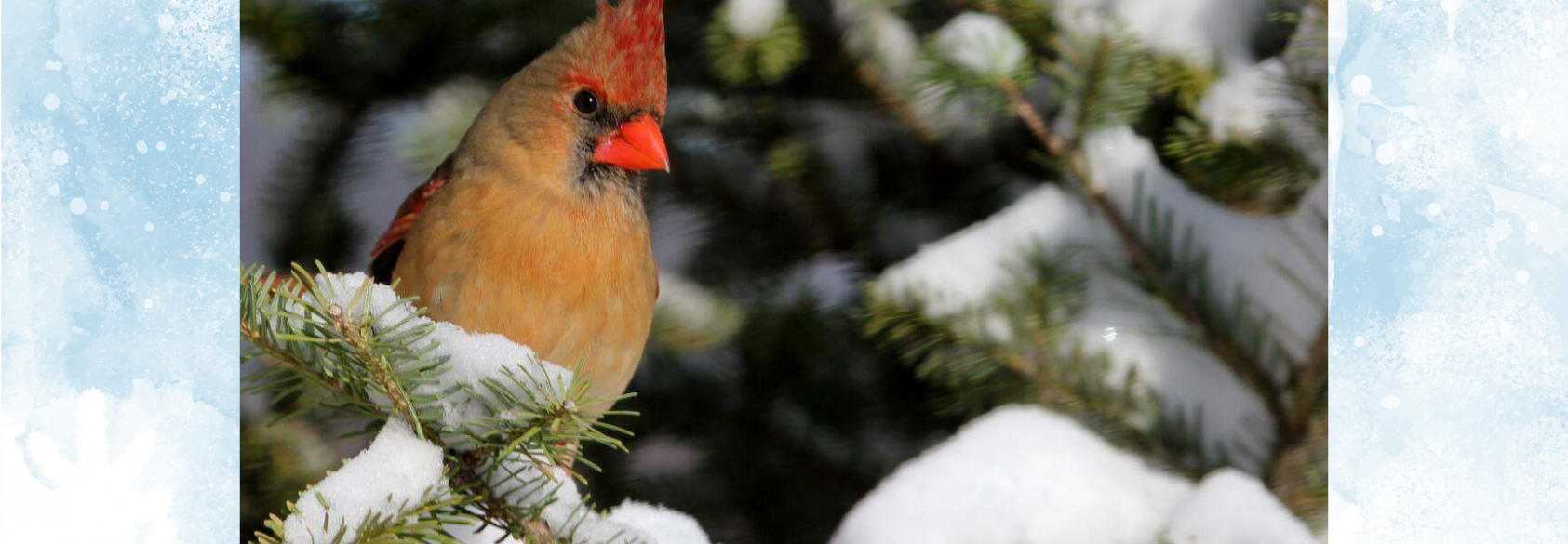Play a Climate Kahoot!
While some wildlife species migrate to escape harsh winter conditions, others remain, coping with dropping temperatures in ways that have evolved over thousands of years. But climate change is affecting this delicate balance, meaning some animals are coming out of hibernation too soon, migrating too early or shedding their winter fur or feathers at the wrong time. This game gives young learners a chance to discover some of the amazing ways animals have adapted to cold temperatures, how climate change threatens their survival and what scientists are doing to make a difference.
Take a Tropical Field Trip
The best part of winter is taking a trip to somewhere warm. Use this video to transport your students to Borneo, the third-largest island in the world and home to lush rainforests that are key to fighting climate change and protecting an incredible array of plants and animals. Learn how we can use science and acoustic technology to care for the land and protect the plants and animals in one of the world’s most biodiverse regions.
Whether you love winter or count down the days until spring, there’s no question that winter plays a key role in maintaining the health of plants, animals and habitats. Lessons that focus on how climate change is shifting seasonal cycles—and what we can do to mitigate these impacts—can help students find their own ways to protect the biodiversity we all rely on.
If you want to receive more videos, lesson plans and suggested activities from Nature Lab, join our mailing list.













